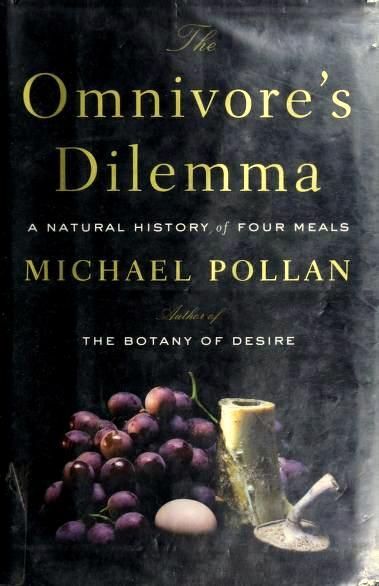
The Omnivore's Dilemma A Natural History of Four Meals
An ecological and anthropological study of eating offers insight into food consumption in the twenty-first century, explaining how an abundance of unlimited food varieties reveals the responsibilities of everyday consumers to protect their health and the environment. By the author of The Botany of Desire. 125,000 first printing.
Reviews
Timeo Williams@timeowilliams
maryam@meowyam
Laura Mauler@blueskygreenstrees
Doug Lane@douglane
Joy Bush@aische
Keven Wang@kevenwang
Jeannette Ordas@kickpleat
Izza@m0thermayi
Aditi@syahitya
Aditi Verma@mixedblessings89
Dana Kraft@dkatx
Bec Taylor@becinthelibrary
Udit Desai@uydesai
Alper Kanyilmaz@alper
Melody Izard@mizard
Bill Mazza@kaakow
Chris Aldrich@chrisaldrich
Jeni Enjaian@jenienjaian
Luca Conti@lucaconti
Sophie Shrimpton@sinta
Erlank Pienaar@erlank
aahir@myloveonherknees
Melissa Railey@melrailey
Adeline S.@meridianae